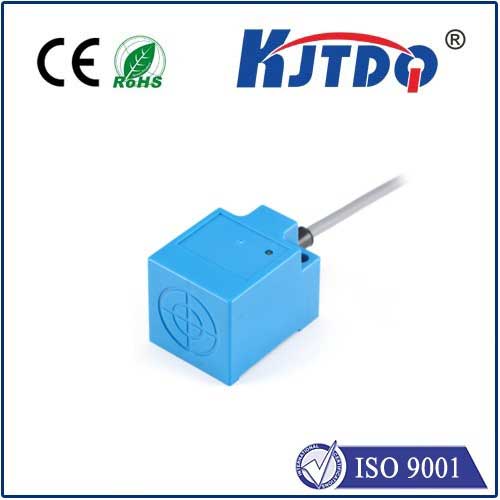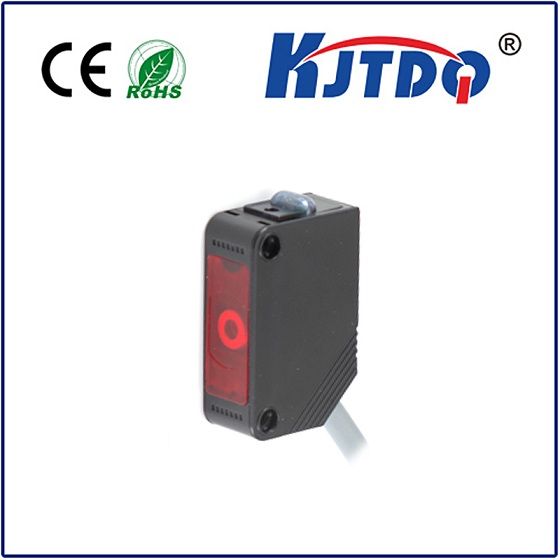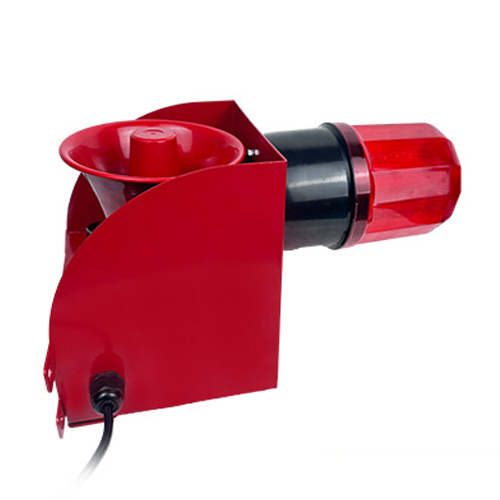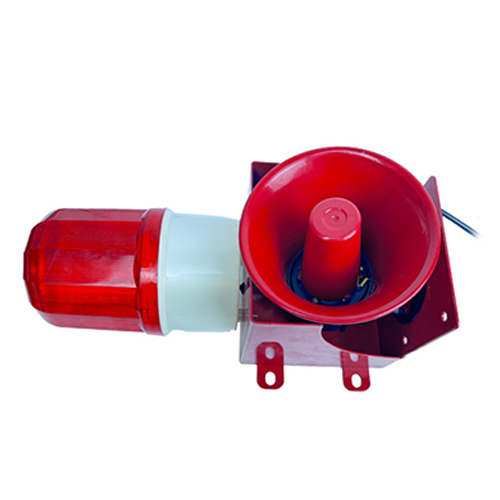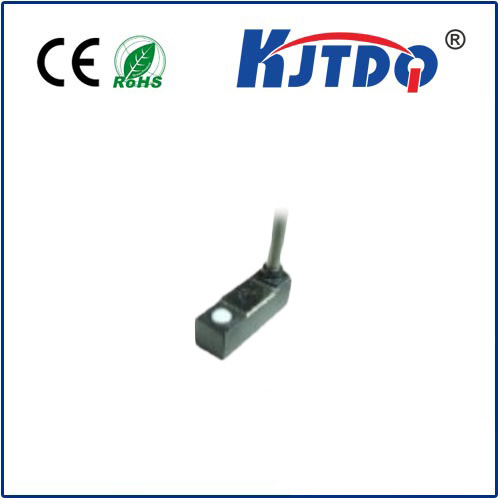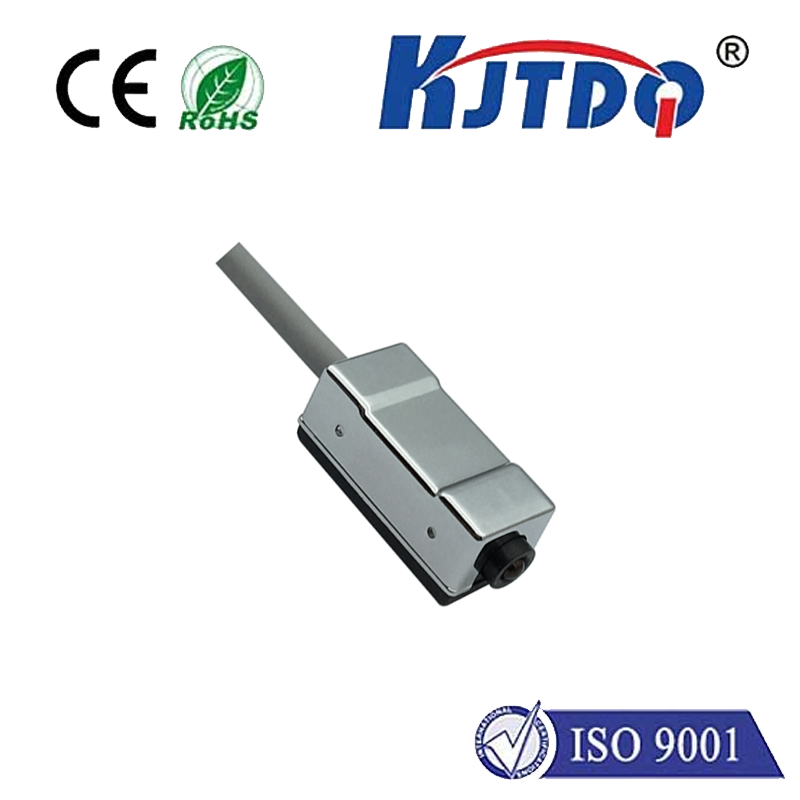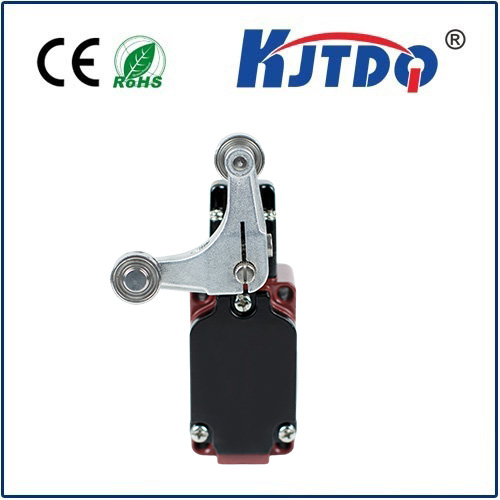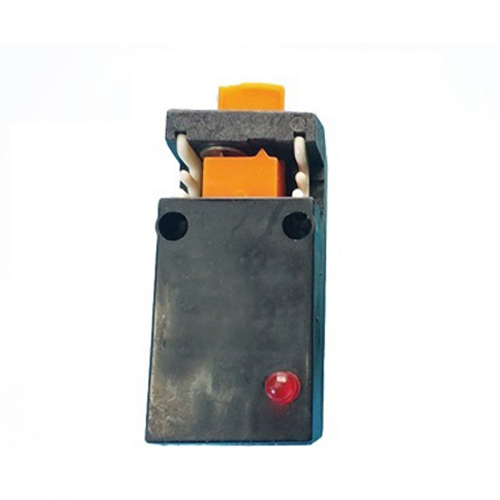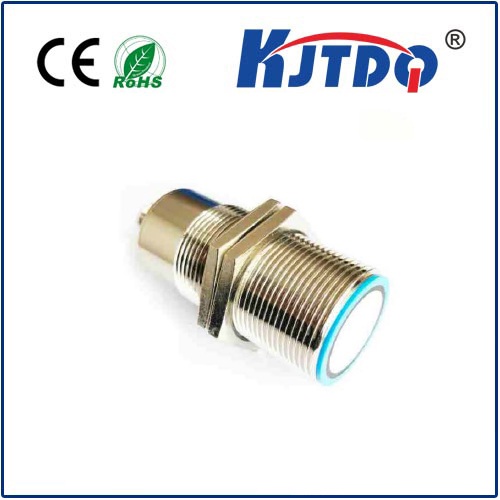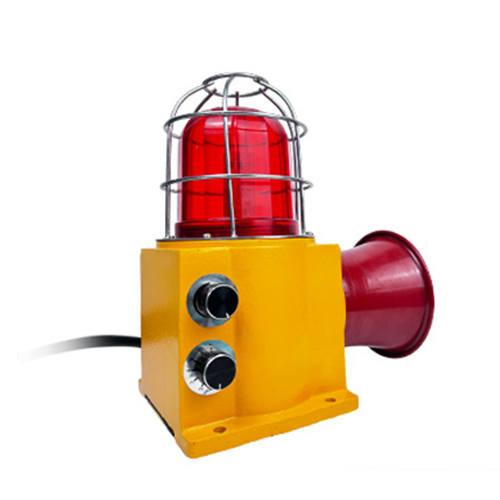

check

check

check

check

check

check

check

check

check

check
Title: Understanding Rotating Cam Limit Switches and Their Applications
Introduction to Rotating Cam Limit Switches: A Comprehensive Guide
In industrial automation and mechanical systems, limit switches play a crucial role in ensuring safe and reliable operation. One type of limit switch that has gained popularity in recent years is the rotating cam limit switch. This advanced sensor technology offers superior performance compared to traditional limit switches, making it an indispensable component for many applications. In this article, we will delve into the features, characteristics, and applications of rotating cam limit switches, providing you with a comprehensive understanding of this innovative technology.
Features and Characteristics of Rotating Cam Limit Switches
Rotating cam limit switches are designed using a combination of mechanical and electronic components. At their core, these switches consist of a cam mechanism, which acts as a switch between two contact points (such as contacts or fingers). The cam mechanism rotates in response to changes in the position or motion of the switch's sensing element, which can be located on the surface of a shaft or other moving part.
When the sensing element comes into contact with the rotating cam, it opens a circuit that sends a signal to the control system. The length of time the switching element remains in contact with the cam determines whether the switch will open or close. This allows for precise control over the opening and closing of the switch, ensuring accurate detection of motion or position changes.
One key advantage of rotating cam limit switches is their ability to operate under harsh environmental conditions. They can withstand high temperatures, vibration, dirt, and other contaminants that can damage traditional limit switches. Additionally, rotating cam limit switches often have a longer lifespan due to their robust construction and self-cleaning properties.
Applications of Rotating Cam Limit Switches
Rotating cam limit switches have a wide range of applications in various industries, including automotive, aerospace, robotics, and manufacturing. Some of the most common use cases for these switches include:
1. Sensorless motor control: Rotating cam limit switches can be used to detect when a motor is running smoothly or experiencing stalling conditions. This information can then be used to optimize engine speed and fuel efficiency or prevent damage to the motor due to overheating or other issues.
2. Position feedback: In industrial robots and other automated systems, rotating cam limit switches can provide real-time position feedback to the control software. This enables more accurate movement and positioning of machines, leading to improved productivity and quality.
3. Motion detection: Rotating cam limit switches can be used to detect motion in various environments, such as in conveyor systems or assembly lines. This information can be used to trigger actions such as stoppages, alarms, or other notifications to maintain safety and efficiency.
4. Safety monitoring: In hazardous areas or equipment where precise monitoring is crucial, rotating cam limit switches can provide early warning signals of potential dangers or malfunctions. This can help prevent accidents and save lives in potentially dangerous situations.
Conclusion
The rotating cam limit switch is a highly advanced sensor technology that offers numerous advantages over traditional limit switches. Its ability to operate under harsh conditions, precise detection capabilities, and versatility make it an indispensable component in many industrial applications. From sensorless motor control to safety monitoring, rotating cam limits switches are revolutionizing the way we think about自动化 systems and motion detection in various industries.
